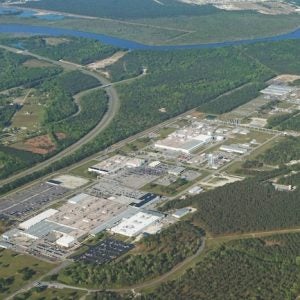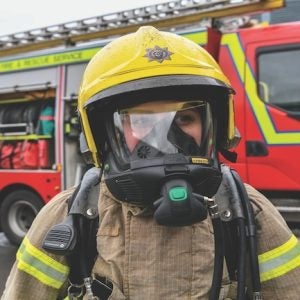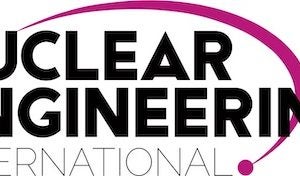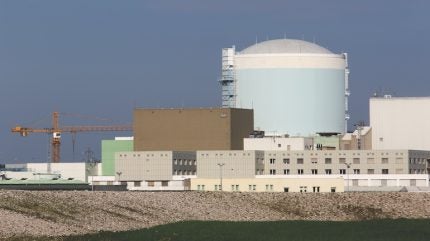
The pace and scale of the upswing in interest and ambitions in countries wishing to expand or introduce nuclear power is astonishing. While large, advanced reactors (ARs) are central to many plans for input to national power grids, deployment of multiple Small Modular Reactors (SMRs) is also looking increasingly realistic, as is their use to power specific, energy intensive facilities. Both reactor options can bring with them new challenges in the areas of rector design, fuel cycle implementation, siting, licencing and for radioactive waste management. As has been the case in earlier nuclear power development, the last of these issues tends to be neglected by the nuclear industry, partly because the practical challenges of waste management, and especially disposal, lie years or decades ahead. However, bitter experience in the past has shown that public and political acceptance of new nuclear plants can be strongly dependent on the ability of the implementer to put forward credible plans for the whole life cycle, including technical and financial concepts for ensuring safe geological disposal of spent fuel and high-level radioactive waste. However, the current intensive competition to promote new ARs and SMRs is happening at a time when very few of the mature nuclear programmes are close to implementing geological repositories for their existing inventories of spent fuel and high-level waste, even though the technologies and designs for doing so have been well-developed for many years. In a 2024 review of submissions made under the 2011 Waste Directive, the European Commission observes that concrete plans that include deep geological disposal for spent fuel and high-level waste are included in only one-third of the programmes of EU Member States.
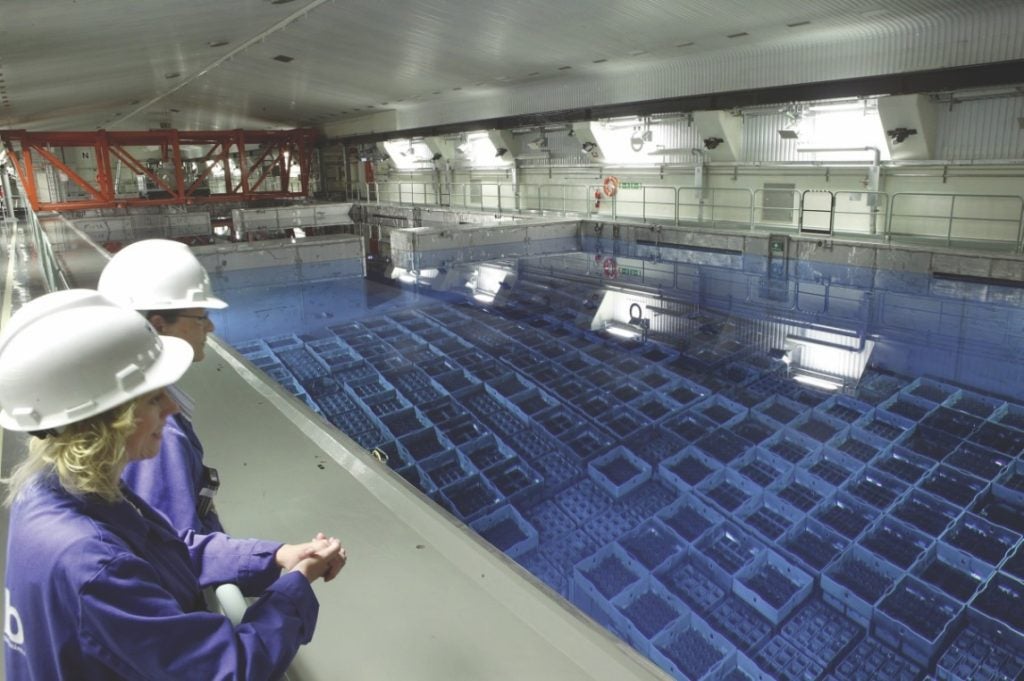
How can we ensure that the scarcity of available disposal options will not, in this current, ambitious phase of nuclear development, be used as an argument against its expansion, as it has been repeatedly over past decades? It is in the interest of national governments, reactor vendors, the nuclear community and the public at large to ensure that the know-how, experience and capabilities of mature but incomplete national programmes in managing the back-end of the fuel cycle are shared with countries that are going to be newcomers to nuclear power and have limited experience in managing radioactive wastes. Sharing of expertise and technologies at all stages of waste management will be required. At the apex of this sharing, however, is the critical piece of nuclear infrastructure that is currently missing from almost every national nuclear power programme – a deep geological repository that closes the fuel cycle by safely and permanently disposing of its most hazardous wastes.
Avenues for sharing technical knowledge and experience have been initiated and supported for many years by international organisations such as the IAEA, the European Commission (EC) and the OECD-NEA. But this does not satisfy all the requirements for safe, sustainable global nuclear power expansion – assured access to radioactive waste management (RWM) facilities is a necessity for every nation, and this will be a particular problem for those introducing nuclear power for the first time. Fortunately, it is being increasingly acknowledged that all of the complex and often expensive facilities that must operate to allow nuclear plants to operate safety and securely need not necessarily be implemented in each and every country requiring such access.
Several current initiatives promoting enhanced cooperation are especially important because they go beyond research activities, where there have already been decades of shared effort to consider sharing of facilities. At the back-end of the fuel cycle, these initiatives address the strategic and political value of sharing technologies and facilities for waste treatment and disposal, in particular the benefits of shared disposal of highly active wastes and spent fuel in a Multinational Repository (MNR) – a vital but politically highly sensitive issue.
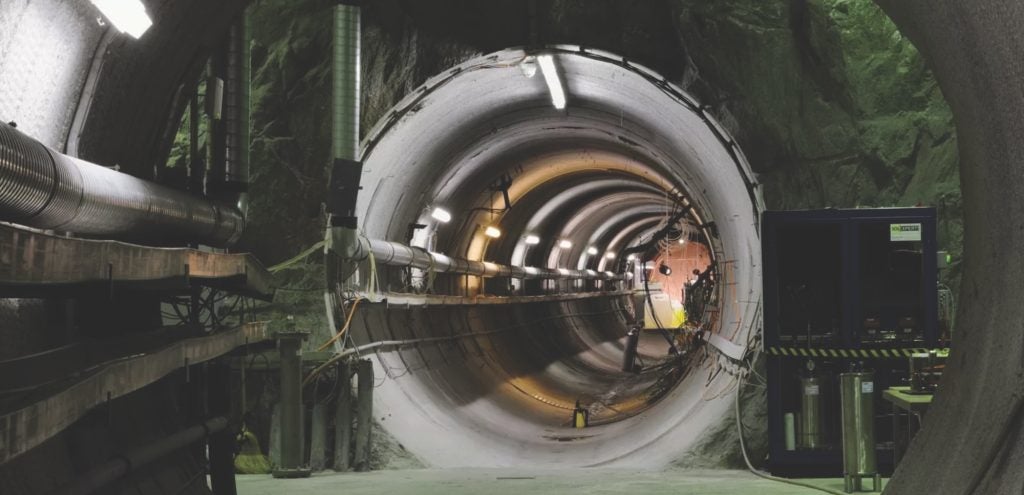
Pioneering multinational repositories
The only organisation devoted explicitly to advancing multinational cooperation, including promoting the MNR concept, is the ERDO Association, which was formally established in the Netherlands in 2021. This followed over a decade of preparatory work by the ERDO-Working Group, in which representatives of more than 10 European governments participated. ERDO has participated in EC and IAEA studies, organised its own specific projects, and cooperated with international organisations on establishing some recent initiatives. In particular, it has repeatedly urged the EC to provide direct support for strategic initiatives to bring European countries together at a political level – a step which will be essential if shared multinational disposal is to move forward. In 2023, ERDO Members met with officials from the EC’s Directorate-General for Energy (DG-ENER) to discuss the structure of the on-going multinational project described below, and they have also interacted with the NEA on the potential MIRA Project.
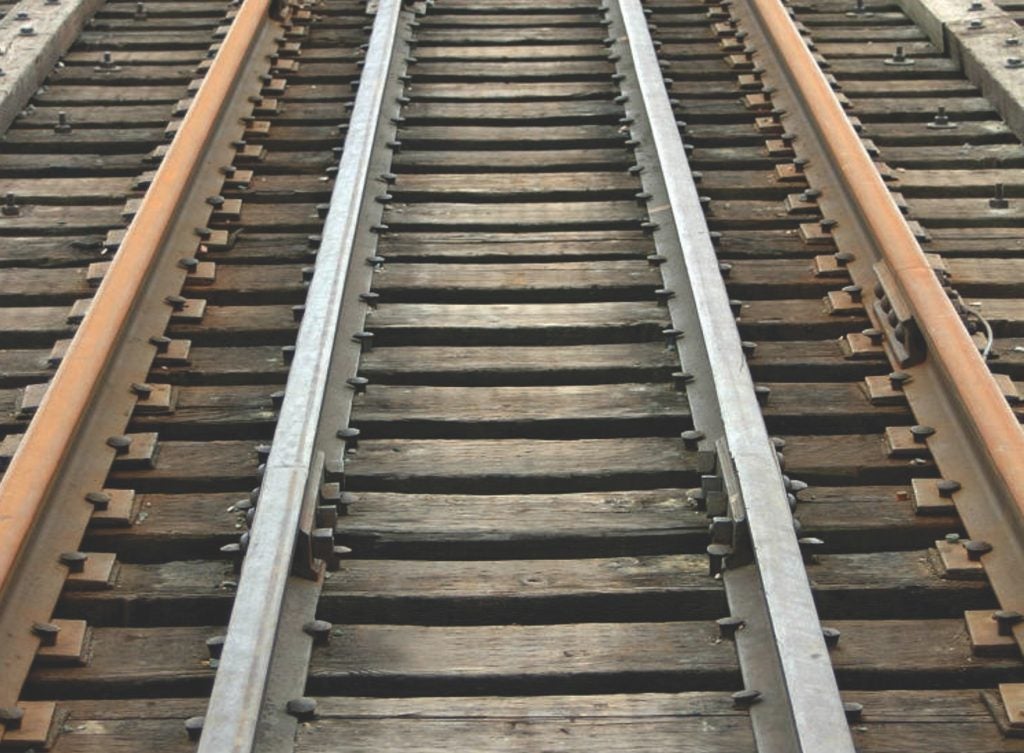
Over the past two decades, ERDO and its predecessor, the Arius Association based in Switzerland, have carried out numerous studies examining issues involved in MNR planning. The most recent study, sponsored by ERDO in cooperation with the US Department of Energy and titled ‘Potential Impacts of SMR Deployment on Multinational Cooperation at the Back End of the Fuel Cycle’, examined the potential impact of widespread deployment of SMRs on the likelihood of MNR implementation and on the technical requirements that would be placed on an MNR accepting spent fuel from a range of SMR designs in different countries. The current emphasis in ERDO is on the need to ensure support for MNR concepts by governments at the strategic and political level. For the past year, discussions between government representatives of ERDO Member countries have been on-going, with the objective of organising a ministerial-level meeting between European countries that support a dual-track disposal policy that keeps open both national and multinational disposal options.
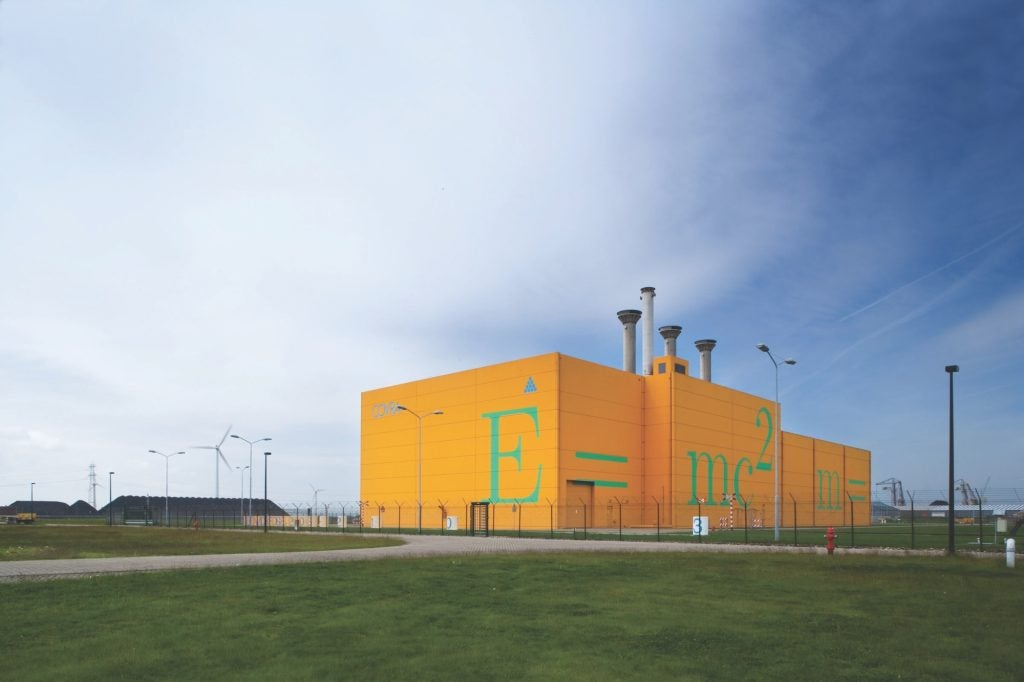
Support for MNR studies
The earliest major international support for the MNR concept was provided by the IAEA, which organised and published several studies at the beginning of the 2000s. But the EC, through its Directorate-General for Research and Innovation (DG-RTD) moved things ahead significantly when it funded Arius to organise the SAPIERR Projects, which looked in detail at technical, economic, security and public involvement issues related to MNR development. Following these projects, the newly formed ERDO Working Group attempted to begin moving the focus to more strategic issues that lie more in the domain of DG-ENER.
Despite several approaches from ERDO, however, no EC funding was allocated to exploring these strategic matters, although there were several cooperation events and ERDO was also given the opportunity to put the arguments for an MNR to the Atomic Questions Working Group of the European Parliament (EP). The reluctance of DG-ENER to address the concept of shared disposal solutions directly was at one level, surprising, given that around half of the initial reports submitted by Member States in response to the 2011 Waste Directive indicated an interest in this option. At another level, the EC reticence in the earlier phase to support further MNR studies was also explicable since some of the more advanced waste management programmes expressed concerns that focusing on MNRs might disrupt their national disposal planning – especially regarding siting. Consequently, the EC’s continuing focus has been on funding cooperation in largely technical R&D, leading to the establishment of the well-funded EURAD 1 and EURAD 2 projects. In establishing the Strategic Research Agenda for EURAD, little attention was paid to MNR issues, although the vision statement aimed at promoting cooperation throughout all programme phases from “cradle to grave”. Some EURAD Work Packages, for example ROUTES, did, however, peripherally address technical aspects of shared waste management solutions by studying the R&D needs in the disposal area. The latest initiative of DG-RTD to establish a more focused group that will concentrate on the concerns of the EU Member States with small waste inventories will also lay most weight on sharing expertise and even facilities related to the pre-disposal needs of these countries. The ASTRA project in EURAD-2 which is just commencing, also has a sub-task on investigation of shared solutions, including disposal.
European Parliament pushes for study
As mentioned above, reports by EU Member States submitted to the EC as a requirement of the 2011 Waste Directive showed that many are interested in the possibility of the implementation of one or more MNRs in Europe and, in its most recent, 2024 report on the status of national responses to the 2011 Waste Directive, the EC notes: “While 12 Member States consider regional or shared disposal facilities as an option in parallel to developing their own disposal solutions, about three quarters of Member States ban import of radioactive waste/spent fuel for disposal. Overall, almost all national programmes cover all types of radioactive waste and spent fuel generated in the Member States’ territory. However, concrete plans from generation to disposal, including deep geological disposal for spent fuel and high-level waste, are included only in one-third of the programmes. Most countries decided to keep the option for solutions shared with other countries and consider the [deep geological disposal] DGR as a last resort in case no other solution is practicable. As a consequence, the related preparatory and siting activities stagnated and were pushed further into the future. The absence of concrete steps forward for the disposal of SF and/or HLW is a concern, in particular for those countries that have plans for building new reactors.”
ERDO had previously suggested to DG-ENER that a policy-level study could clarify the depth and the implications of this level of interest further. In 2023, Members of the European Parliament itself picked up this issue and recommended to the EC that such a study be implemented. Accordingly, at the end of 2023, DG-ENER issued a “Proposal for a Joint European Approach towards Radioactive Waste”. This is intended to examine options or opportunities for pooling European resources and facilities and whether changes to legislation would be necessary to achieve this. The EC recognises that the main challenges are not technical and states that: “Building on the work already done, the primary focus should lie on the required enabling legislative and non-legislative actions, in particular defining allocation of responsibilities, ownership/title and financial liabilities between the waste generators, waste management organisations (where relevant) and the Member States wishing to participate in a regional deep geological repository project”.
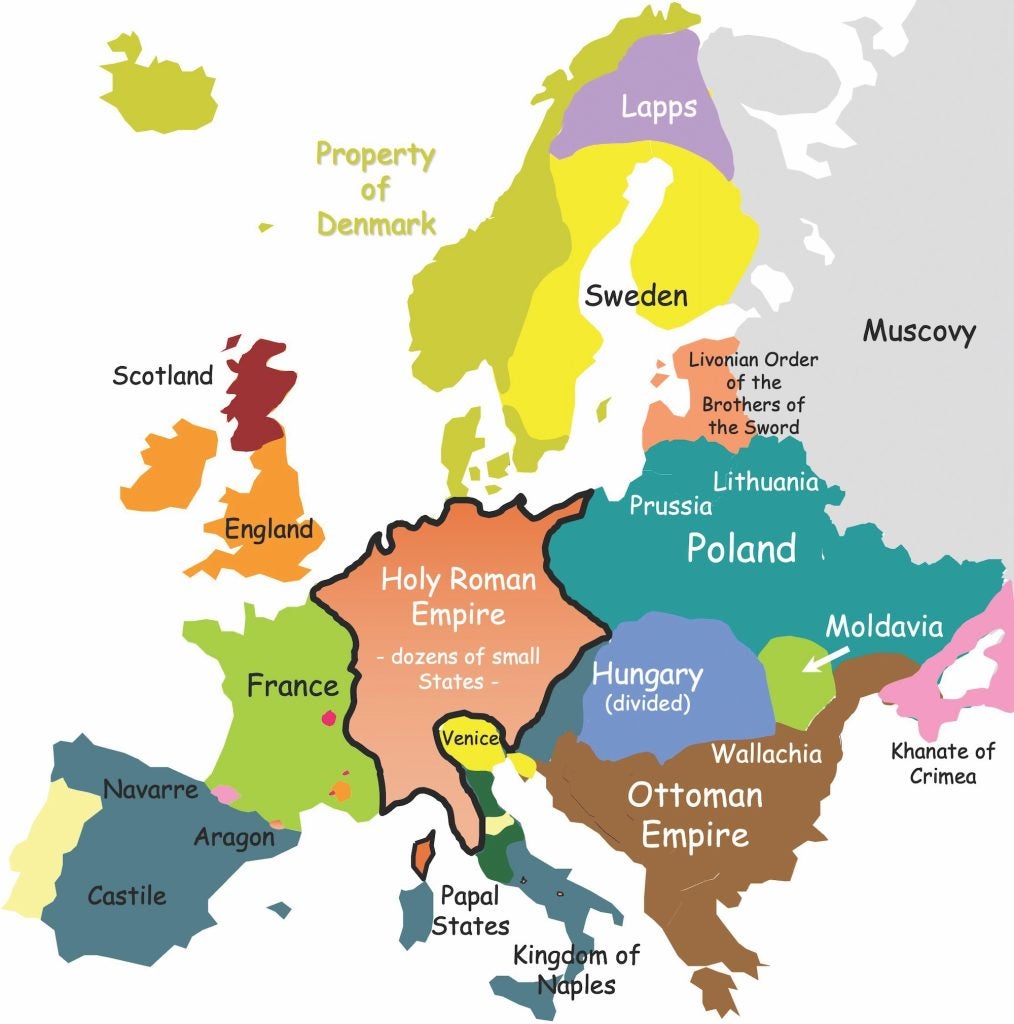
Two study contracts were awarded, one of which is being managed by the Trinomics consortium. The aim is to establish a wide consultation on a joint European approach towards radioactive waste management. The conclusions of the study will be based on a review of existing literature on this topic and interviews with representatives of EU Member States, together with two workshops involving a diverse stakeholder group (SG). Following invitations (accompanied by a letter of accreditation from the EC) to Member States, almost all have already responded positively to an invitation to participate in this group. The SG, at its first Workshop early in 2025 is expected to identify Workstreams on which subgroups of member states will collaborate. A complementary project, aimed at producing a compendium of data on the radioactive waste management systems of EU Member States has also been initiated, together with a review of published work on the MNR concept.
Looking at wider sharing options
The MIRA (Multinational Infrastructure for Managing Radioactive Waste) project, being developed jointly by the NEA/OECD and ERDO, aims to identify countries that have specialised facilities covering pre-disposal and/or disposal and have the capacity to handle more than their own national waste volumes. Discussion would then focus on whether making these facilities available to others as part on a shared multinational infrastructure could optimise their use.
The project will address both technical and structural issues associated with the proposed shared infrastructure. The former relate to the range of technologies required, the throughput needed to serve all participating countries, the existing capabilities in potential participant countries, impacts on transport requirements, etc. The latter issues relate to organisational forms for the cooperation, logistics of cross-border transports, costing and financing issues, addressing national programme time schedule requirements, procedures for sharing of risks and benefits, national policy and legal restrictions. Planning for the MIRA project, which requires voluntary self-financed participation by participants, was initiated before DG-ENER announced its intention to directly fund its own project and currently the scope of MIRA is being reassessed to avoid unnecessary duplication of effort.
There are indications that some countries are recognising the obvious potential benefits of shared disposal solutions and, in addition to supporting initiatives such as the ERDO work and the new Trinomics/DG-ENER project, are directly exploring possible agreements with neighbouring nations. In fact, one positive example already exists in the EU where Belgium has agreed to disposal of radioactive wastes from its small neighbour, Luxembourg. Slovenia and Croatia also have a formal bi-lateral agreement to seek a shared solution for the spent fuel disposal from their jointly owned reactor. In the Netherlands, which has a formal policy including examining both national and multinational disposal, the Ministry for Infrastructure and Water Management has initiated a specific project to examine potential intergovernmental partnerships.
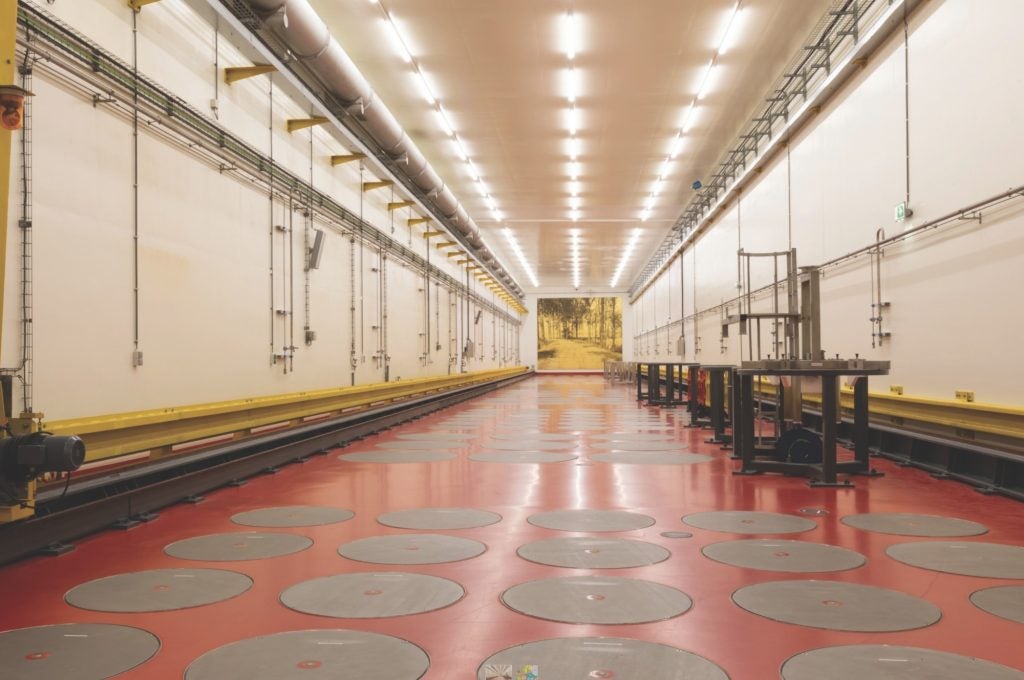
Other approaches to an MNR
All of these projects or initiatives are based on arrangements for cooperation between countries or organisations in some sort of partnering agreement. For realisation of an MNR, this approach was already judged as being the most promising of the scenarios discussed in the seminal 2004 IAEA report on multinational approaches, Developing Multinational Radioactive Waste Repositories: Infrastructural Framework and Scenarios of Cooperation. The two other options considered were an “add-on” scenario (in which a major nuclear programme with mature disposal plans accepts radioactive waste from other countries for disposal) and a “supranational” scenario (in which a formal international organisation is established to take on the role of repository provider). An option which was not examined in detail, but which has meanwhile attracted interest, is the establishment of a commercial company offering disposal services to a number of countries.
The potential business opportunities for a company offering disposal services were recognised early, for example in a 1996 analysis by I. Hensing of the costs that Germany could save by joining a multinational repository, or how much revenue Germany could generate by accepting foreign wastes. The Pangea International Repository project at the turn of the century studied in detail the economic benefits that Australia could gain from implementing an MNR. This proposal was put on ice following political push back, but in 2016 a Royal Commission study of an equivalent initiative was launched by the South Australian government. This again petered out due to lack of bipartisan political support, highlighting the critical importance of galvanising motivation and buy-in to any MNR project at the highest political levels. Meanwhile, the benefits and challenges associated with MNR implementation by a commercial organisation have also been examined by the international INPRO organisation in their ‘Practical Considerations to Begin Resolving the Final Spent Fuel Disposal Pathway for Countries with Small Nuclear Programs’ report, for example, and in an ongoing study of the IAEA. Recently, the potential financial and industrial benefits of hosting an MNR have also been pointed out for the case of an add-on strategy. For example, Partanen has suggested that Finland, a country with demonstrated capability in implementation of a deep geological repository could generate income of one billion Euros per years over many decades by accepting wastes from other countries.
Attracting the requisite political commitment for an MNR will be easier if there is an actively engaged and interested host community in a potential host country. Recently, potential commercial multinational disposal service providers have elected to focus initially on reaching agreements at the host community level in a host country. The Tellus company of Australia is aiming to develop at one of its sites a deep geological repository in a bedded salt formation for disposal of low-level radioactive waste and chemical wastes from other countries, with the support of local, native title holders in Australia’s Northern Territories. The DeepGeo company has expressed similar aims, reporting interest from native communities in northwest Canada and entering agreements with the African Commission on Nuclear Energy (AFCONE), via an African Nuclear Energy Funding Initiative (ANEFI) to support the development of MNRs in Africa as a way to promote regional governance and secure financing for vital infrastructure development. It will be interesting to track whether entrepreneurial initiatives such as these will be able to advance more effectively than efforts led largely by state and publicly managed organisations, and how successful the waste management sector can be in integrating public and private approaches, given that such integration is likely to be essential in any successful MNR solution.
The challenge of siting
Consensus approaches to siting geological repositories involving close and sustained engagement with local communities have proven successful at the national level in Sweden, Finland and Canada. In each of these there has even been competition between potential host communities. For an MNR, consensual siting, including host communities, is recognised as being the only feasible approach. This was acknowledged more than 20 years ago in the Pangea project and the South Australian government initiative – but political blockages at governmental levels prevented interactions at local levels from being initiated.
Suggestions for consensus-based staged siting strategies for an MNR led by interested communities have been put forward but, of necessity, these commence with some form of agreement at government level between potential MNR user countries. Key elements of such agreements are the removal of legal bans on import or export of foreign wastes and an explicit or tacit acknowledgement by governments that local potential host communities are free to interact and negotiate with potential MNR developers.
The way ahead
The level of interest and the number of activities focused on the potential for implementation of multinational waste management facilities including MNRs have never been higher than at the present time. This is a consequence of the widening interest in expanding or introducing nuclear power as well as the widespread acceptance of the feasibility of safe geological disposal – especially now that the first purpose-built deep geological repositories in Europe are either being licensed for operation or are under construction. Sharing in MNR development offers a practical and cost-efficient solution for many countries, but can only be achieved if such solutions are seen to be essential and if their absence is acknowledged to be holding back national energy policy options. The political incentive to move to net-zero carbon emissions places clean energy solutions high on political agendas, meaning that political decision-makers are now becoming more interested in resolving the waste management problem. There is a window of opportunity for governments to work together at a strategic international level. This should be seized. The route to MNRs has been made more difficult not by technical problems, but by tardiness in engaging in constructive discussions at the appropriate political level.
The major step forward now required thus involves moving from technical to strategic and political cooperation and, as these examples illustrate, this is beginning to happen at all the necessary levels. At the highest policy level, the ERDO roadmap policy path seeks to promote direct interactions between countries at the ministerial level and specific exchanges have been initiated, in particular by Belgium and the Netherlands. The DG-ENER ongoing project has built its stakeholder group that will define workstreams of importance for multinational cooperation by addressing regulators and waste management organisations in all EU Member States. The NEA-ERDO proposed MIRA project will also include participants from outside Europe. Interest in the option of offering a commercial disposal service may well spread.
There are also important proactive roles that the IAEA could also play in further facilitating cooperation on MNR realisation. This would require initiation from within IAEA by interested member states. In any case, because of its key role in monitoring security and non-proliferation risks, the IAEA must necessarily be involved in any scenarios involving widespread global expansion of nuclear power.
The fastest route that could lead to actual implementation efforts on an MNR would be if the government in a suitable potential host country were to pave the way by initiating itself an implementation project or by giving the green light to a credible and competent commercial repository implementation organisation that could provide disposal services to foreign customers. However, the most promising way ahead may lie on the partnering route that begins with strengthening policy level cooperation and proceeds with the following steps:
- Groupings of governments at the regional level align their strategies to include an MNR option for some or all of their members. This could most easily be started in the EU and some initiatives for this are already underway. Other global regions also have appropriate vehicles in place for initiating such discussions, such as the Gulf Cooperation Council and the African Atomic Energy Association, the Association of Southeast Asian Nations and the African Commission on Nuclear Energy.
- Establishment of formalised MNR development organisation(s). In Europe, the ERDO Association was founded primarily for promotion of the concept of shared disposal. Current strategic initiatives underway may lead to its expansion or to establishment of a wider group of participant countries. European examples could be useful models for other global regions. The key tasks of such organisations include detailed assessment of economics (costs, cost sharing), public involvement and, most importantly, MNR siting strategies.
- Move from a development to an implementation organisation. The ERDO roadmap already foresees the subsequent establishment of an operational organisation responsible for implementation of a shared repository. In an initial phase, the resources required to establish and operate such organisations are relatively modest. It is also conceivable that, if national governments were open to the MNR concept, a commercial service provider could be motivated to take advantage of this opportunity. Sufficient analyses have been performed over the past decades to demonstrate the potential benefits arising for the host, the users and the implementer of an MNR.
Developments along these lines are expected to become evident in the next few years, via a confluence of environmental drivers, energy policy necessities, reactor market optimisation and entrepreneurial initiatives.


